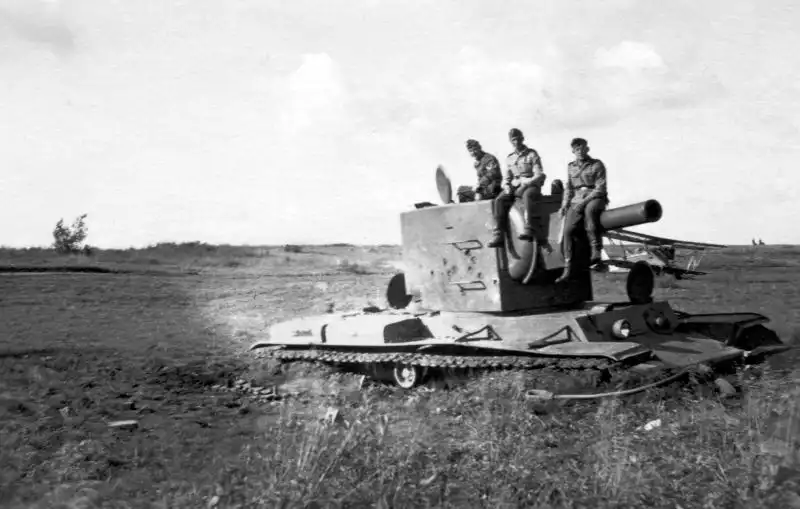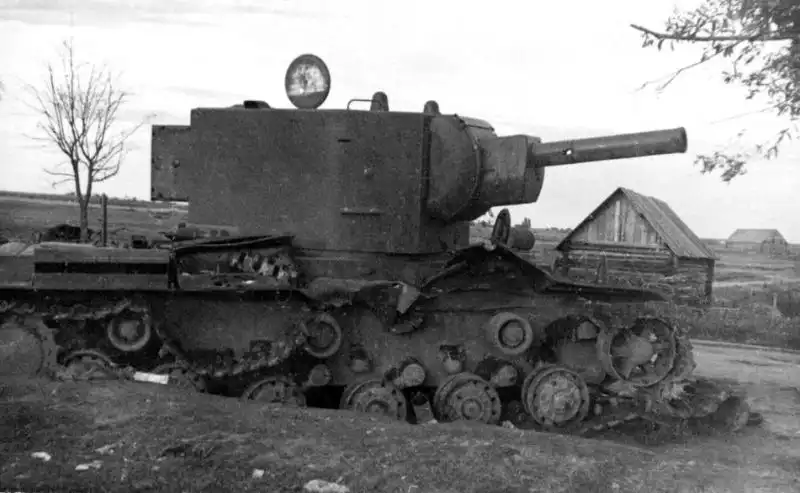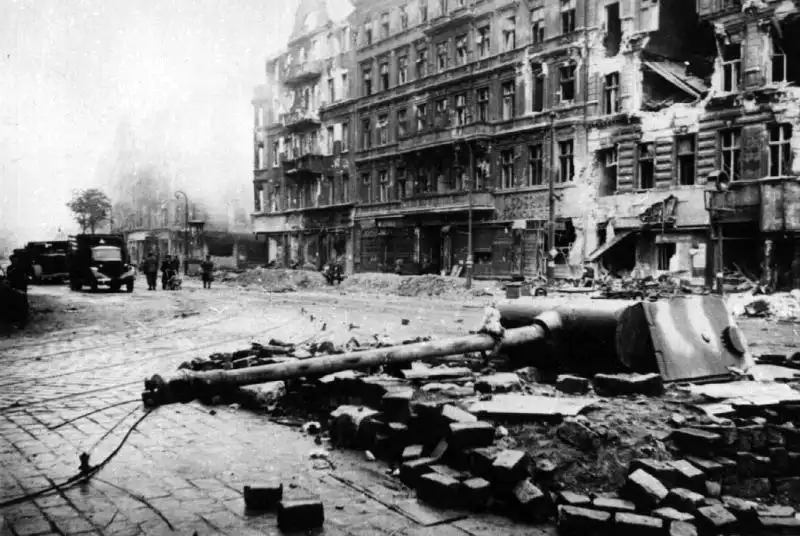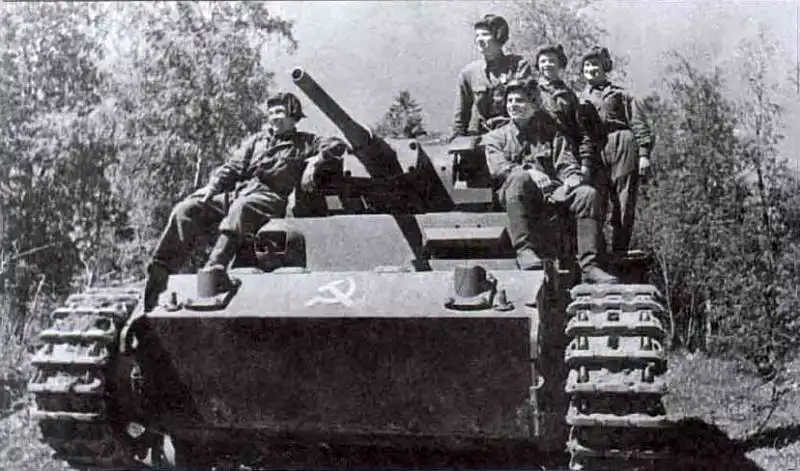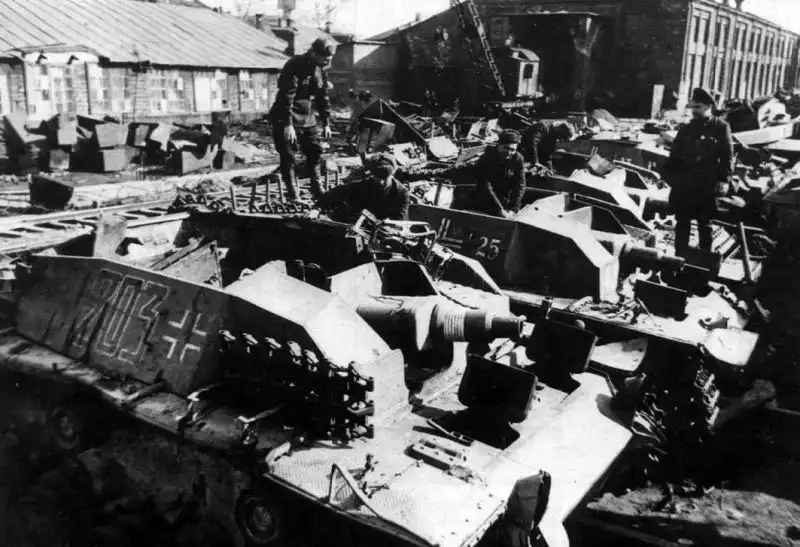Defeated and Paraded: German POWs Marched Through Moscow After Bagration
June 17, 2025 - Reading time: 4 minutes
German prisoners of war, captured during Operation Bagration, march through central Moscow in one of the largest public displays of enemy defeat in WWII.

Moscow, July 17, 1944.
The war had not yet ended, but on this day, it was clear who was losing it. From balconies, rooftops, and sidewalks, tens of thousands of Muscovites watched as a massive column of German prisoners of war — defeated, dirt-streaked, and silent — marched through the streets of the Soviet capital.
This photo was taken by one of the spectators, standing near Kudrinskaya Square, capturing the moment not as a formal news report, but as a civic memory. The men in the column — nearly 57,000 Wehrmacht soldiers and officers, including 19 generals — had been captured just weeks prior during the crushing Soviet Operation Bagration, which tore through German lines in Belarus.
They came from the collapsed fronts of 1st, 2nd, and 3rd Belorussian Fronts, driven westward and trapped. Now they walked the Sadovoye Ring Road in Moscow, not as conquerors, but as captives. No jeers, no abuse — just the weight of defeat pressing down on their hunched backs.
Following the column, municipal water trucks rolled in, washing the roads behind them — a symbolic gesture not lost on anyone present: the dirt of fascism, flushed away from Soviet soil.
For many Soviets, it was not gloating. It was a reckoning. A moment of truth. The war had cost dearly — but here was proof that vengeance and justice were no longer just promises. They were marching, slowly, one broken step at a time.
📷 Technical photo data:
📸 Photographer: Unknown civilian witness
📅 Date: July 17, 1944
📍 Location: Kudrinskaya Square, Moscow, USSR
-
"German POWs Moscow July 1944 photos"
-
"Operation Bagration captured German troops"
-
"Soviet parades German prisoners WWII"
Tags
Category
Search
Categories
- Unidentified WWII Photos (12)
- World War II Photos 1937 (1)
- World War II Photos 1938 (1)
- World War II Photos 1939 (3)
- World War II Photos 1940 (5)
- World War II Photos 1941 (93)
- World War II Photos 1942 (53)
- World War II Photos 1943 (47)
- World War II Photos 1944 (76)
- World War II Photos 1945 (40)
- WWII and Postwar Photos 1946 (1)
